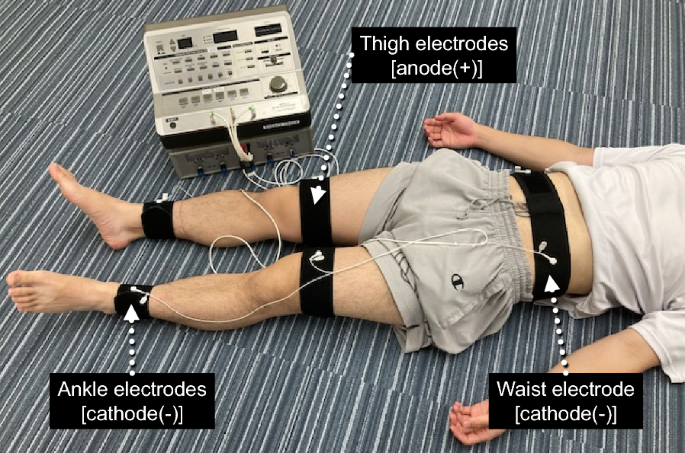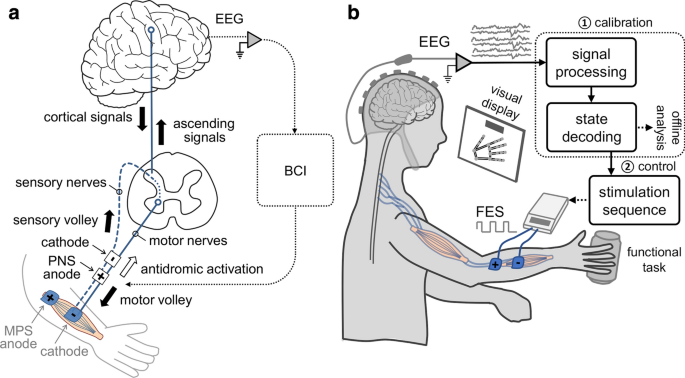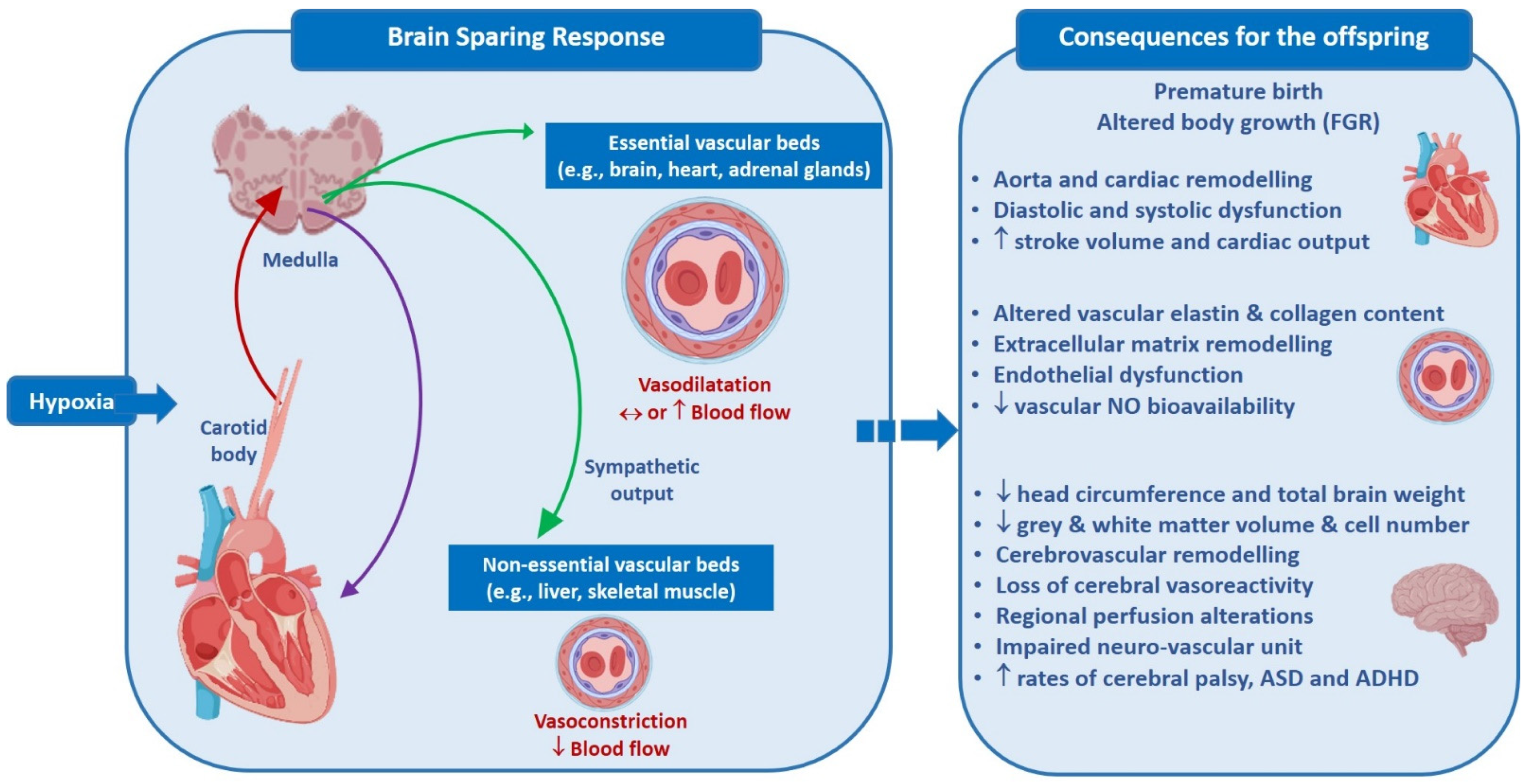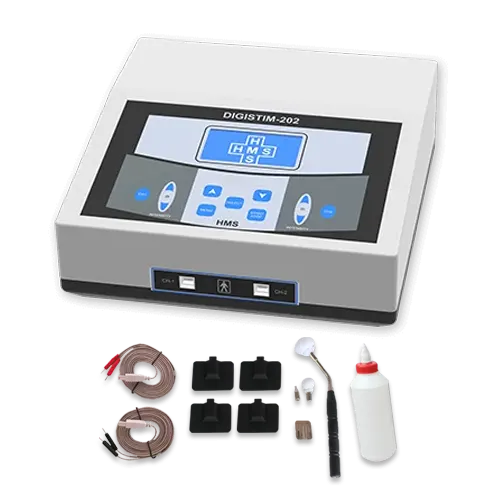Effects of electrical muscle stimulation on cerebral blood flow

Effects of electrical muscle stimulation on cerebral blood flow
Electrical muscle stimulation (EMS) induces involuntary muscle contraction. Several studies have suggested that EMS has the potential to be an alternative method of voluntary exercise; however, its effects on cerebral blood flow (CBF) when applied to large lower limb muscles are poorly understood. Thus, the purpose of this study was to examine the effects of EMS on CBF, focusing on whether the effects differ between the internal carotid (ICA) and vertebral (VA) arteries. The participants performed the experiments under EMS and control (rest) conditions in a randomized crossover design. The ICA and VA blood flow were measured before and during EMS or control. Heart rate, blood pressure, minute ventilation, oxygen uptake, and end-tidal partial pressure of carbon dioxide (PETCO2) were monitored and measured as well. The ICA blood flow increased during EMS [Pre: 330 ± 69 mL min−1; EMS: 371 ± 81 mL min−1, P = 0.001, effect size (Cohen’s d) = 0.55]. In contrast, the VA blood flow did not change during EMS (Pre: 125 ± 47 mL min−1; EMS: 130 ± 45 mL min−1, P = 0.26, effect size = 0.12). In the EMS condition, there was a significant positive linear correlation between ΔPETCO2 and ΔICA blood flow (R = 0.74, P = 0.02). No relationships were observed between ΔPETCO2 and ΔVA blood flow (linear: R = − 0.17, P = 0.66; quadratic: R = 0.43, P = 0.55). The present results indicate that EMS increased ICA blood flow but not VA blood flow, suggesting that the effects of EMS on cerebral perfusion differ between anterior and posterior cerebral circulation, primarily due to the differences in cerebrovascular response to CO2.
:max_bytes(150000):strip_icc()/pain-therapy-with-tens-599019964-5a3a8f7d22fa3a0036bab5b9.jpg)
Types of Electrical Stimulation in Physical Therapy

Regulation of cerebral blood flow in humans: physiology and clinical implications of autoregulation

Why brain-controlled neuroprosthetics matter: mechanisms underlying electrical stimulation of muscles and nerves in rehabilitation, BioMedical Engineering OnLine

Spinal electrical stimulation to improve sympathetic autonomic functions needed for movement and exercise after spinal cord injury: a scoping clinical review

Impact of stress and hypertension on the cerebrovasculature

The Benefits of Chiropractic Care With Electrical Stimulation

Nerve regeneration and muscle reinnervation. Neuromuscular electrical

Bioactive polymeric materials and electrical stimulation strategies for musculoskeletal tissue repair and regeneration - ScienceDirect

Electrical Muscle Stimulation Therapy - Paspa Physical Therapy

Effects of whole-body neuromuscular electrical stimulation device on hemodynamics, arrhythmia, and sublingual microcirculation

Functional electrical stimulation - Wikipedia

tVNS in Stroke: A Narrative Review on the Current State and the Future

Placement of Extracranial Stimulating Electrodes and Measurement of Cerebral Blood Flow and Intracranial Electrical Fields in Anesthetized Mice

IJMS, Free Full-Text


